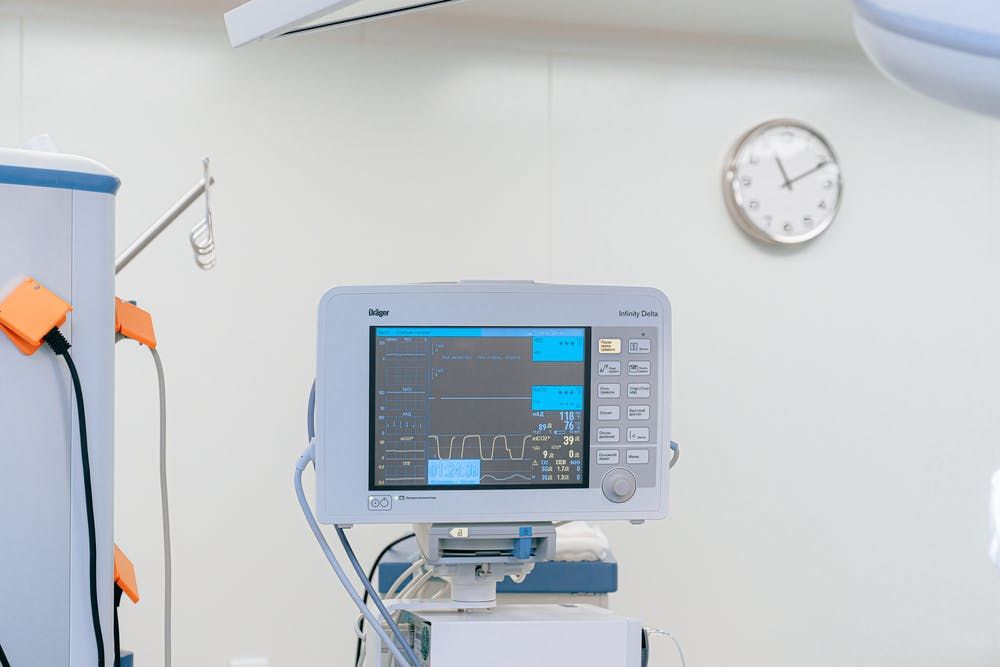Understanding why COVID-19 Increases Stroke Risk
While ACE2 expression has been reported in the human brain, the cell-specific expression pattern of ACE2 is unknown.

While the coronavirus disease 2019 (COVID-19) is known mostly as one that impacts the respiratory system, it has been seen to cause strokes in patients who had no risk factors, and little is known about the reasons why. A recent study conducted at the University of California, Los Angeles, may potentially help to explain how the disease increases the risk for stoke in some patients who are infected.
The study, published in the journal Stroke, used a 3D printer to create a silicone model of blood vessels in the brain and mimicked the forces which are generated by the pushing of blood through an abnormally narrowed artery. This demonstrated that cells lining the artery were being pressured, thereby increasing the production angiotensin-converting enzyme 2, or ACE2, allowing the virus to more easily access the surface of blood vessels.
"The flow directly influences ACE2 expression," Jason Hinman, senior author on the study said. “This finding could explain the increased incidence of strokes seen in COVID-19 infections."
The model was based on Computed tomography (CT) scan data that was taken from blood vessels in the human brain. Investigators then lined the model’s inner surfaces with the same cells that line human blood vessels, called endothelial cells, allowing them to replicate the same forces that occur in real human blood vessels of someone infected with COVID-19.
The team produced imitation viruses made from fatty molecules studded with the same spike proteins that SARS-CoV-2 uses to bind to ACE2 in order to verify whether a virus in the bloodstream could latch to it. The findings indicated that the virus particles did interact with the cells lining the blood vessel, especially in brain regions higher in levels of ACE2.
"There's a unique brain endothelial response to the virus that may be helpful in identifying patients who are have a higher risk for stroke," Hinman said.
The investigators behind the study plan for future research with follow-up studies using a live COVID-19 virus in the 3D model to further confirm their results.


















